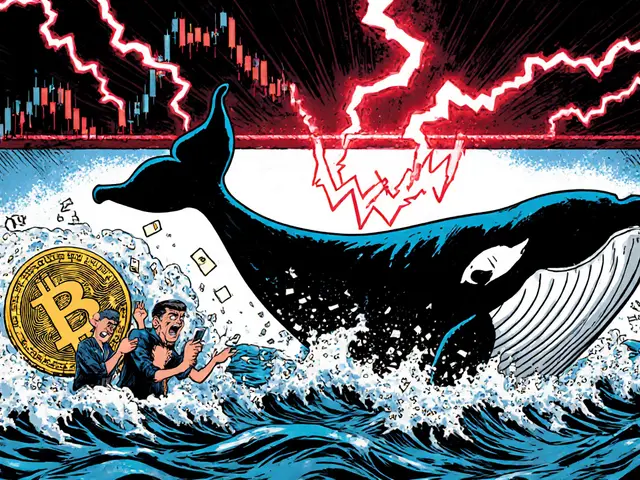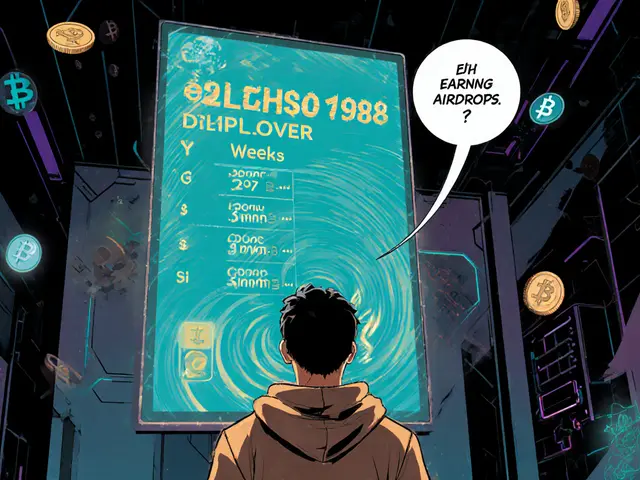Cryptocurrency Fraud: How Scams Like Rug Pulls and Fake Exchanges Steal Your Money
When you hear cryptocurrency fraud, illegal schemes designed to trick people into investing in fake or worthless digital assets. Also known as crypto scams, it’s not just about bad luck—it’s about carefully engineered traps. Every day, people lose thousands because they trusted a project that didn’t exist. The most common type? The rug pull, a scam where developers build a token, hype it up, drain all the money from the liquidity pool, and vanish. It’s not a glitch. It’s a planned exit. And it’s happening more often than you think.
These scams don’t just come from anonymous teams. They hide in plain sight—on platforms that look real, with whitepapers that sound smart, and Telegram groups full of fake users cheering on fake gains. That’s why you need to know the red flags: no public team, zero code audits, sudden price spikes with no news, and liquidity locked in a way you can’t verify. The fake crypto exchange, a platform that mimics real ones like Binance or Coinbase but steals deposits and disappears. is another major threat. Some even copy website designs perfectly, so you won’t know the difference until your funds are gone. And when you try to withdraw? The site crashes. The support emails bounce. The whole thing evaporates.
It’s not just about individual scams either. Organized crime is getting involved. The Lazarus Group, a North Korean hacking team linked to over $2 billion in crypto thefts. uses advanced tools to track wallets, exploit smart contracts, and launder money through decentralized exchanges. Meanwhile, governments are trying to catch up—using blockchain forensics, the process of tracing crypto transactions across wallets to identify criminals. But the system is still wide open. You can’t rely on regulators to protect you. You have to protect yourself.
That’s why the posts here matter. They don’t just describe scams—they show you how to spot them before it’s too late. You’ll find deep dives into how rug pulls unfold, how to check if an exchange is legit, why some airdrops are traps, and what real blockchain forensics looks like. No fluff. No hype. Just facts you can use to avoid becoming the next statistic. Whether you’re new to crypto or you’ve been trading for years, these stories give you the tools to see through the lies. The next scam might look convincing. But now, you’ll know what to look for.

Myanmar-based crypto scam networks stole nearly $10 billion from Americans in 2024, using romance scams and forced labor. U.S. sanctions targeted the operators, but the crisis continues as victims and workers remain trapped.
Continue Reading





